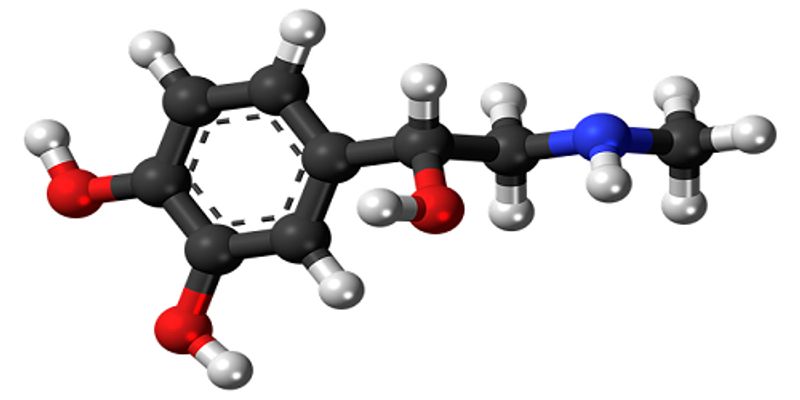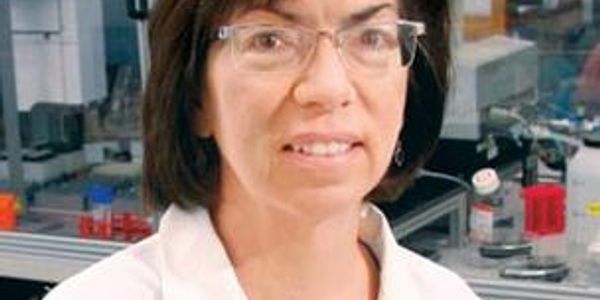OCT 28, 2014 | 8:00 AM
The TLA Technology constitutes a paradigm shift in targeted next generation sequencing (NGS). The TLA technology uses the physical proximity of nucleotides within a locus of interest as the b...
OCT 16, 2014 | 8:00 AM
Equine anti-doping analysis is a changing and dynamic field of science. The constant introduction of new drugs and biopharmaceuticals present challenges to the integrity of sports. Anti-dopi...
SEP 24, 2014 | 3:00 PM
Protein-protein interactions and allosterically regulated enzymes have been challenging but important targets for probe- and drug discovery. We and others have found that fragment-based lead...
SEP 24, 2014 | 2:00 PM
Master regulatory transcription factors localize to the genome in a manner influenced by chromatin accessibility and influencing global chromatin structure. With an interest in understanding...
SEP 24, 2014 | 12:00 PM
Professor Stockwell will discuss the discovery of ferroptosis, a novel model of regulated but non-apoptotic cell death. He will describe how some tumors are sensitized to ferroptosis and may...
SEP 24, 2014 | 10:00 AM
The ever-quickening pace of breathtaking advances in our understanding of disease biology has implicitly promised a profusion of drugs that will dramatically improve human health and well-bei...
SEP 24, 2014 | 10:00 AM
The ever-quickening pace of breathtaking advances in our understanding of disease biology has implicitly promised a profusion of drugs that will dramatically improve human health and well-bei...
SEP 24, 2014 | 7:00 AM
Diseases caused by an excess of protein function can often be treated by small molecule inhibitors. In contrast, many diseases caused by missing proteins cannot be addressed with this classic...
SEP 24, 2014 | 5:00 AM
Since leaving Pfizer to go back to academia in 2007, Andrew Hopkins (University of Dundee, UK) has been a leading researcher in the search for new informatics and computational methods to imp...
MAR 20, 2014 | 12:00 PM
Spatially restricted protein synthesis is an important mechanism for the development and maintenance of many morphologically polarized cells including neurons. While most proteins are synthes...
MAR 20, 2014 | 7:00 AM
Huntington's disease (HD) is a progressive, inherited, degenerative brain disorder that produces physical, mental and emotional changes. Named for George Huntington, the physician who fi...
MAR 19, 2014 | 12:00 PM
Synaptic dysfunction and loss caused by age-dependent accumulation of synaptotoxic Amyloid beta (Abeta)1-42 oligomers is proposed to underlie cognitive decline in Alzheimers disease (AD). Syn...
MAR 19, 2014 | 9:00 AM
Multiple Sclerosis is a debilitating neurodegnerative disease of the central nervous system in which the immune system targets and destroys myelin sheaths surrounding axons. Progressive a...
The NCI's Therapeutically Applicable Research to Generate Effective Treatments (TARGET) is a comprehensive genomic characterization initiative to determine the molecular changes that drive th...





















